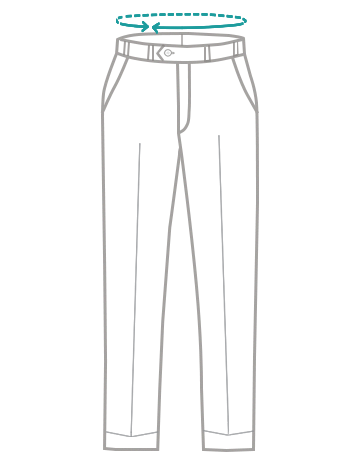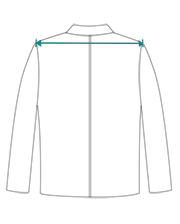It's a little-known fact that humidity (or lack thereof) can affect the quality of leather. Whether it's a jacket, handbag, belt, wallet, pants, or even a piece of furniture, airborne water vapor can take a toll on leather. To learn more about this phenomenon and how you can protect your
leather goods from humidity-related damage, keep reading.
What The Heck is Humidity?
Humidity is the measurement of moisture vapor in the air. Although you can't see it -- not with the naked eye, at least -- water is all around us in the form of moisture vapor. A "normal" amount would be approximately 30-40% relative humidity (RH). This indicates the air contains a moderate amount of moisture vapor -- not to dry, but not overly saturated.
Leather and Humidity
The problem with humidity and leather is that leather is extremely porous, containing thousands upon thousands of microscopic holes. These holes, which are found on the surface of leather, absorb moisture from the surrounding air. So when leather is exposed to a humid environment, it absorbs a significant amount of airborne moisture vapor.
The good news is that leather is designed to absorb moisture from its surroundings. Therefore, exposure to moderate humidity levels shouldn't cause any problems. On the contrary, it will actually prove beneficial, as it keeps the leather soft and comfortable. When leather is exposed to high-humid environments, however, it can cause it to rot. This isn't something that happens overnight, but leaving a leather product in a humid environment for days or weeks on end will eventually cause damage.
But low humidity can prove equally as damaging to genuine leather goods. Low humidity -- or exceptionally dry air -- will cause leather to dry out and crack. Again, this is due to the fact that the dry air absorbs moisture from anything it can, including leather. It may feel rough at first, and if exposed to dry air for long enough, the leather will crack open.
Protecting Your Leather From Low/High Humidity
The good news is that you can protect your
leather goods from humidity-related damage by following some simple steps. First and foremost,
never leave leather outside. Secondly, use a humidifier to monitor the humidity levels inside your home. If the humidity drops below 30% or above the 40% mark, use the humidifier to release additional moisture vapor.






















